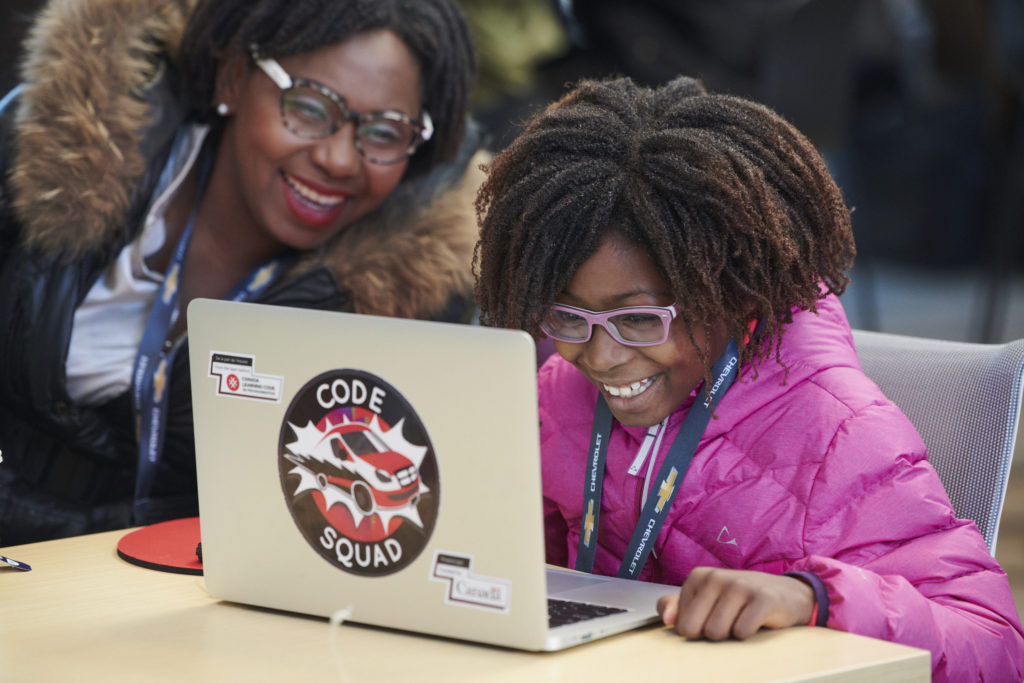This Month August, is all about population
We’re all a part of the world’s population, a country’s population, and a city or a town! A population includes all of the residents of a particular area — humans, animals, plants, you name it. Populations grow and shrink: babies are born, people migrate, we see patterns that repeat themselves time and time again.
In Canada, we see a different population distribution than the rest of the world. 2 of our 13 provinces and territories host over 60% of our country’s population. Despite being the second biggest country geographically, Canada is only 39th in population size. We want to investigate why areas of Canada are left inhabited by people and use coding to do so!
Technology has allowed us to research populations in a way like never before. Technology can help us calculate patterns in our population to help make predictions for the future. Using digital maps and tools, we can see exact populations of communities across the world and understand exactly how and why those areas are changing. We want to use coding to explore how our resources will hold up as the world population continues to grow.
This month, we’d like to challenge you to pause, reflect and learn about topics, problems, concerns around the topic of population – as you create your web projects.
How to participate this month:
As you learn about and develop fluency on digital tools and programming languages, we would like for you to explore the topic of population. We’ll leave what you want to focus on up to you – but thinking about the population of Canadian cities and how they’re changing– might be a great starting point!
For example, how might we….
- Understand why newcomers choose to live in one region of Canada over another?
- Discover patterns in population that equate to changes in social happenings?
- Understand how population control could have a negative or positive impact on our communities?
- Build more awareness of how population size affects quality of life and access to resources?
We welcome you to be as imaginative as you like – but here are some example project ideas:
- Create a video game that shows the patterns of population over time
- Create an interactive story about how different factors affect population size
- Build a website that allows people to see the different populations in their area and across the world
- For educators, build a lesson plan that explains Canada’s population distribution, and why certain areas are more sparsely populated both from a geographical standpoint and from a sociological one
Share your digital projects with us!
Share photos, screenshots or videos of your digital projects you’ve started using the #clcCode4Change hashtag! We want to see what you end up creating. Remember that learning something new is a work-in-progress. We hope you continue to work on the project you’ve started with us – beyond the classroom!
Get inspired!
- A video explaining population growth.
- Explore Canadian census information to find out how our population has changed over time, and what factors have contributed to this! They have census’ dating back to 1825.
- A digital tracker from The National Institute for Demographic Studies that allows you to see different factors of population in the world, like how many people were on the planet when you were born and how many people were born in the same year as you. Cool!
- A series of activities to help you understand population growth.
- A video explaining overpopulation and what it means for our future and the world’s resources.
- A video showing the key results from the 2016 Canadian census particularly focused on population results.
